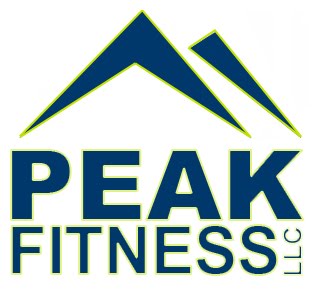As
someone who makes their living teaching people to be strong and fit, I
would like to believe I am in fairly good shape. But after spending my
first week working with kids at Parker Street Ministries, I may have to revisit some of my assumptions:
- I can deadlift, bench (almost) and squat) twice my bodyweight, therefore I am strong. Wrong.
- I can run a mile in under six minutes, there fore I have endurance. Wrong.
- I can beat an eight year old kid in arm wrestling?!! Dead wrong.
The
reality is that the formula for kicking my ass are is as simple as
twenty two 7-9 year olds running, jumping and crawling across a small
gym for 45 minutes.
Unlike
an adult class where we can simply set up interval stations or tell the
kids to "get water" when we tire, coaching a group of youngsters who
have no clue what any of these things means we perish with anything less
than completely dialed in focus and energy.
1. Seeing is believing-
Though adults complain and drag on certain exercises, it is fairly easy
to explain a concept and run them through an exercise. With a kid whose
attention span is less than six seconds, the ONLY way to ensure
participation is to keeping showing them EXACTLY what you want.
In
our warm up for example, I realized this meant choosing two basic
exercises-- lets say a push up and a squat-- and making these the focus
of the warm up. Standing in front of the kids, I held my arms (branches)
in front of me and I was suddenly a shrinking "tree".
Counting
down 1-2-3 shrinks the tree, the kids followed and (laughed
hysterically for some reason) as we moved from top to bottom several
times.
2. Fun versus Fitness-
While adults hide their discontent with certain tasks, kids simply lose
interest and run away if something sucks. This is why a focus on games
and partner activities really seemed to work well. We attempted (key
word) to separate our kids in to partner drills (standing in lines side
by side to perform toe taps thru a speed ladder) and "follow the leader" drills where the kids follow the instructor.
I
liked this rotation because the kids can learn in a fairly ordered
environment first followed by a more relaxed, game like atmosphere with
their instructor second.
3. Training attention span-
If a kid's attention span lasts around 30-45 seconds, it is no wonder a
sixty minute class can get boring! In fact, it seemed no longer than 25
minutes before the class began to degenerate and run amok (in fact the only way we kept them in line was by breaking out the big gunz)
This
means that when planning your work with a child ages 7-10 years old,
keep each activity to no more than 10 minutes and the class to around
25-30 minutes:
- Warm up- 5 minutes
- Partner games- 10 minutes
- Follow leader drills- 5-10 minutes
- Cooldown/stretching- 5-10 minutes
Overall,
I have to say I have a new found respect for the work of my teachers
and parents. I am looking forward to doing a regular kids class in the
future (once per week only!) and learning more from our Parker Street
crew.
Here
are a few resource I will be leaning on and I highly recommend for any
trainers looking to learning more about teaching kids of various ages:



